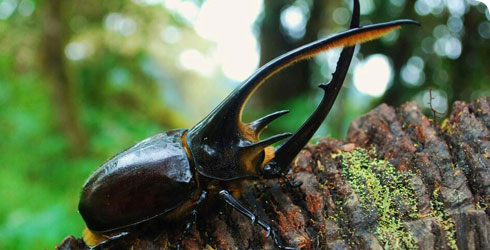Dynastes neptunus
Dynastes neptunus, the Neptune beetle is one of the largest and most impressive rhino beetles and belongs to the tribe Dynastini, containing most of the largest species.
The Neptune beetle reaches a maximum length (including horns) of at least 16 cm and is entirely shiny black or dark brown in colour with a clothing of reddish yellow hairs underneath.
This Neotropical beetle occurs in the Andes mountains of South America, where it lives in the megadiverse cloudforest.
The males use their horns to fight other males for access to females, which are hornless.
They pass their larval stage developing in decomposing tree trunks, probably for several years, before the adults emerge and take flight at night on their search for mates.
Large rhino beetles such as Dynastes neptunus are popular pets, particularly in Asia, where they are bred by children and adults alike.
Species detail
-

Taxonomy
Dynastes neptunus is one of the largest known rhinoceros beetles. Find out how you can distinguish it from its relatives.
-

Distribution and habitat
This beetle lives in the lush tropical forests of the Andes where its larvae develop in the decomposing wood of dead trees. Discover where you might find it.
-

Biology
The male Neptune beetle has remarkable horns, and is reportedly one of the strongest creatures on earth. Find out more.
-

Behaviour
The beetles use their horns to fend off competing males, but it’s not always the biggest beetle that wins. Find out more about this beetle’s nocturnal habits and reproductive cycle.
-

Conservation
Conserving mature forest is vital for this beetle’s survival, but deforestation is a problem across much of the beetle’s range.
-

References
Get more references material for Dynastes neptunus
Images
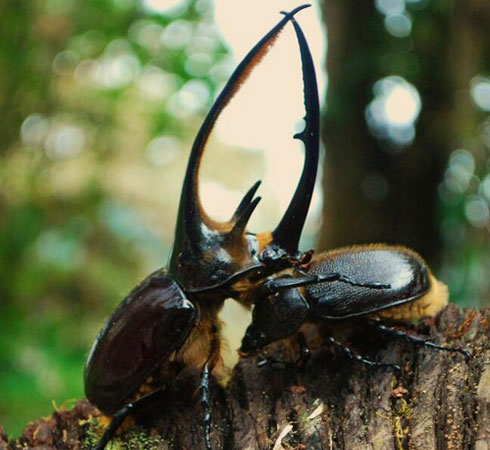
Pair of Neptune beetles, male on left.
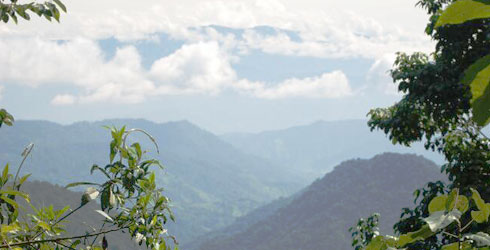
Cloudforest in the western Andes, the Neptune beetle’s habitat.
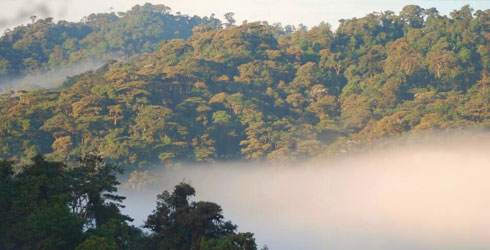
Cloudforest in the western Andes, the Neptune beetle’s habitat.

A female Neptune beetle.
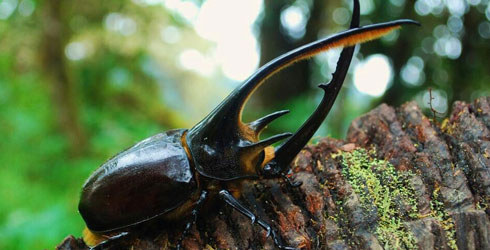
A male Neptune beetle.

Two males of different sizes and a female Neptune beetle.

A mating pair of Dynastes neptunus.
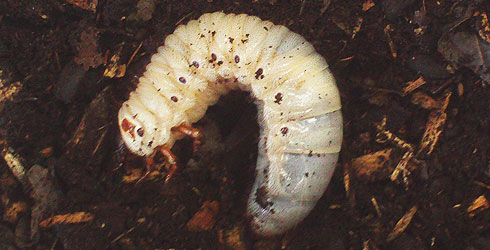
Dynastes neptunus third instar larva.

Mercury vapour light and sheets used to attract insects.

The tropical Andes, a threatened habitat
About the author
A word from the author
'In the past this species was considered very rare, but in the last 30 years (e.g. Onore and Móron, 2004), it has become known that Dynastes neptunus flies very late at night, with a peak of activity just before dawn.
However, I have found specimens myself attracted to artificial light before 21:00, so there remains much to be discovered about this fantastic insect and its relatives.'
